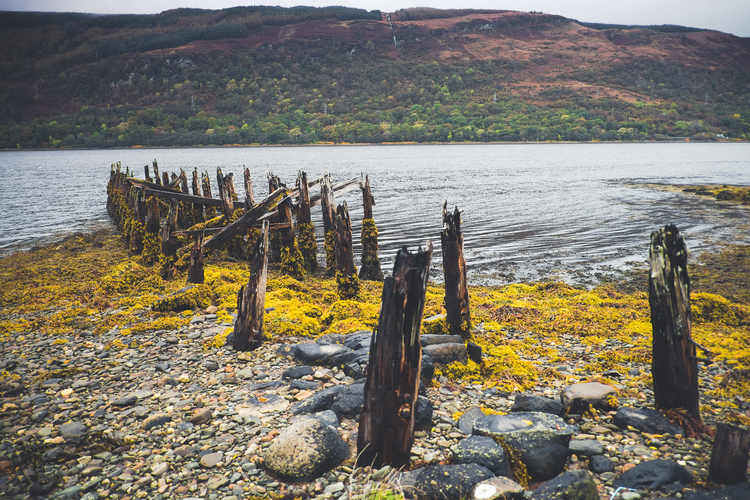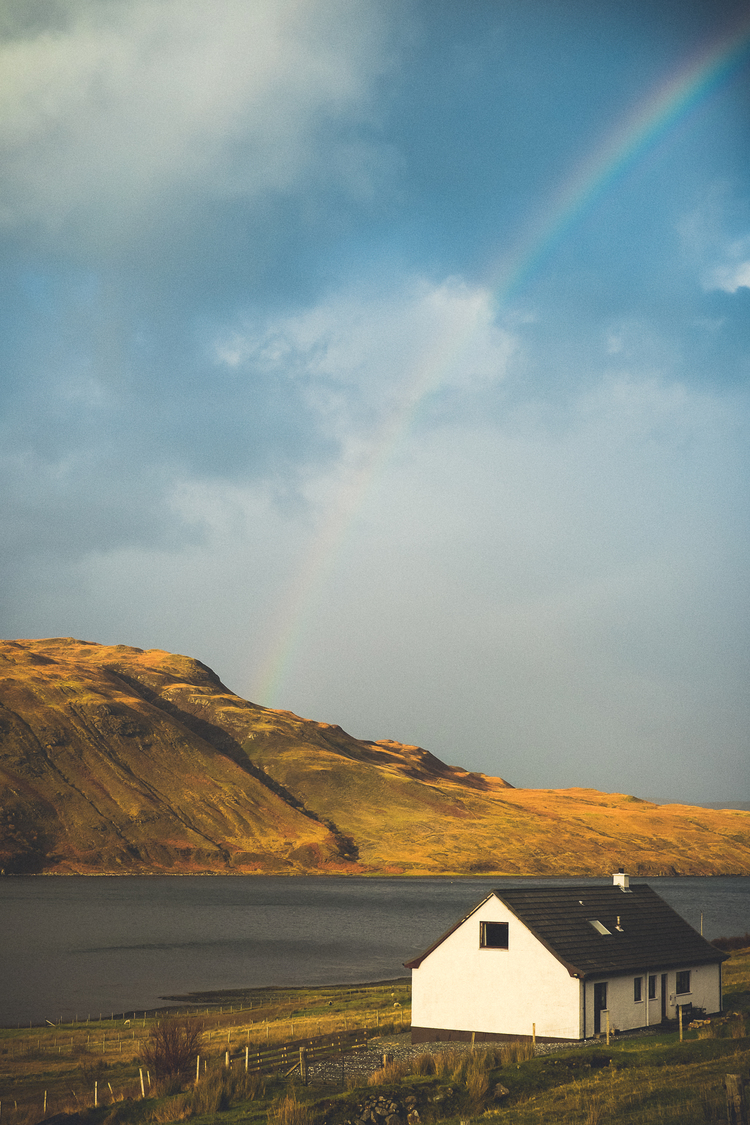Skin it, chop it, mince it or stew it: Thom Hunt of 7th Rise demonstrates the simple and speedy art of rabbit butchery
For some people, the art of skinning and preparing a rabbit can look a little gruesome, which is the reason why I believe every person should try it at least once in their lives.Whereas many of us have become disconnected from the meat we eat, in many cultures around the world preparing meat on the bone is a perfectly normal part of everyday life.
The process is surprisingly simple. In fact my record for ‘speed butchery’ of a rabbit is 92 seconds.This includes gutting, skinning and jointing a whole carcass.The carcass can be split into three rough sections; the front (shoulder, neck and skirt), the middle (the loin and tenderloin) and the rear (the rump/hind legs).
The front end is great for mincing for rabbit bolognese or bunny burgers while the loin is fantastic for quick frying, quick roasting or hot smoking.The rear legs are ideal for diced dishes, such as stews or curries. Alternatively, place the whole rabbit in vegetable stock with carrot, celery, onion, peppercorns and bay leaves and poach it on a gentle simmer for three hours. Remove the rabbit and you can pull the meat from the bone, which you can use in fun dishes like crispy rabbit pancakes, rabbit pies (it holds the gravy really well) or Mexican pulled rabbit tacos.
1. Remove the skirt/belly (thin meat from the ribs to the hip) from each side of the rabbit and set aside for mincing.
2. Cut between ribs 3 and 4 on each side (counting from the smallest rib nearest the hips up towards the head), cutting all the way round so the incisions marry up on each side and then literally snap the spine – pull and the front end will detach. Any meat from this front section should be taken off the bone and minced with the belly meat.
3. Take a heavy cleaver and chop the middle section (the saddle) from the rear legs at the lowest part of the spine where it meets the hips. Cleaver the two back legs apart by chopping down the middle.
4. Remove the loin from the saddle by running a knife down the side of the spine on each side and then teasing open the cut. Use the tip of the knife to roll each long thin fillet of meat off the bone. Do not casserole the saddle once jointed – if you overcook it you will end up with lots of small vertebrae bones in the dish.





































